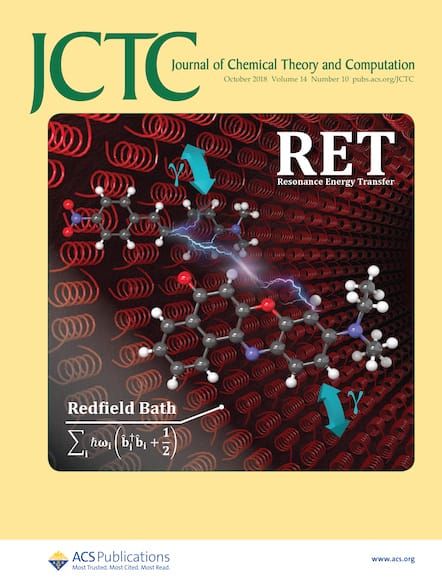重新审视硅酸盐玻璃的机器学习潜力:色散相互作用的缺失作用。
IF 5.7
1区 化学
Q2 CHEMISTRY, PHYSICAL
引用次数: 0
摘要
机器学习原子间势(MLIPs)为模拟复杂材料(如氧化玻璃)提供了传统力场和从头算方法的有前途的替代方法。在这项工作中,我们首次对预训练MACE (Multi-ACE)模型进行了评估Kovács et al., J. Chem。硅酸盐玻璃,以硅酸钠为试验用例。我们将其性能与专门训练于硅酸钠成分的基于deepmd的MLIP进行了比较。Bertani et al., J. Chem。理论计算,20(2024),1358-1370],并评估其在再现结构和动力特性方面的准确性。此外,我们通过在两个模型中纳入D3(BJ)校正来研究色散相互作用的作用。我们的研究结果表明,尽管MACE可以准确地再现中子结构因子、对分布函数和Si[Qn]形态,但它在弹性性能计算方面的表现略差。然而,它适用于硅酸钠玻璃的模拟。色散相互作用的加入显著改善了两种mlip的密度和弹性特性的再现,突出了它们在玻璃建模中的关键作用。这些发现为一般mlip在无序系统中的可转移性提供了见解,并强调了在开发氧化玻璃精确力场时需要色散感知训练数据集。本文章由计算机程序翻译,如有差异,请以英文原文为准。
Revisiting Machine Learning Potentials for Silicate Glasses: The Missing Role of Dispersion Interactions.
Machine learning interatomic potentials (MLIPs) offer a promising alternative to traditional force fields and ab initio methods for simulating complex materials such as oxide glasses. In this work, we present the first evaluation of the pretrained MACE (Multi-ACE) model [D.P. Kovács et al., J. Chem. Phys. 159(2023), 044118] for silicate glasses, using sodium silicates as a test case. We compare its performance with a DeePMD-based MLIP specifically trained on sodium silicate compositions [M. Bertani et al., J. Chem. Theory Comput. 20(2024), 1358-1370] and assess their accuracy in reproducing structural and dynamical properties. Additionally, we investigate the role of dispersion interactions by incorporating the D3(BJ) correction in both models. Our results show that while MACE accurately reproduces neutron structure factors, pair distribution functions, and Si[Qn] speciation, it performs slightly worst for elastic properties calculations. However, it is suitable for the simulations of sodium silicate glasses. The inclusion of dispersion interactions significantly improves the reproduction of density and elastic properties for both MLIPs, highlighting their critical role in glass modeling. These findings provide insight into the transferability of general MLIPs to disordered systems and emphasize the need for dispersion-aware training data sets in developing accurate force fields for oxide glasses.
求助全文
通过发布文献求助,成功后即可免费获取论文全文。
去求助
来源期刊

Journal of Chemical Theory and Computation
化学-物理:原子、分子和化学物理
CiteScore
9.90
自引率
16.40%
发文量
568
审稿时长
1 months
期刊介绍:
The Journal of Chemical Theory and Computation invites new and original contributions with the understanding that, if accepted, they will not be published elsewhere. Papers reporting new theories, methodology, and/or important applications in quantum electronic structure, molecular dynamics, and statistical mechanics are appropriate for submission to this Journal. Specific topics include advances in or applications of ab initio quantum mechanics, density functional theory, design and properties of new materials, surface science, Monte Carlo simulations, solvation models, QM/MM calculations, biomolecular structure prediction, and molecular dynamics in the broadest sense including gas-phase dynamics, ab initio dynamics, biomolecular dynamics, and protein folding. The Journal does not consider papers that are straightforward applications of known methods including DFT and molecular dynamics. The Journal favors submissions that include advances in theory or methodology with applications to compelling problems.
 求助内容:
求助内容: 应助结果提醒方式:
应助结果提醒方式:


